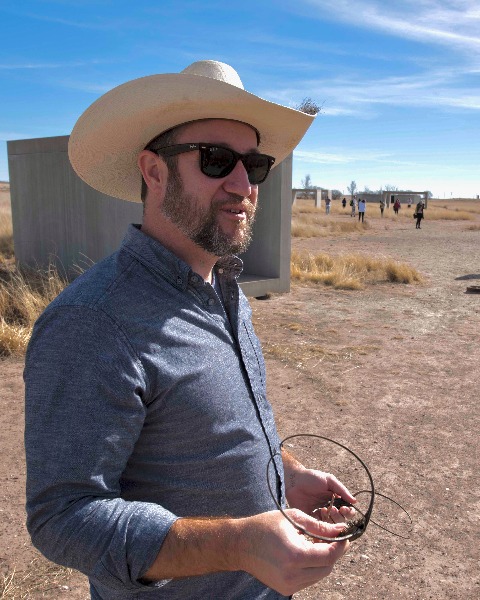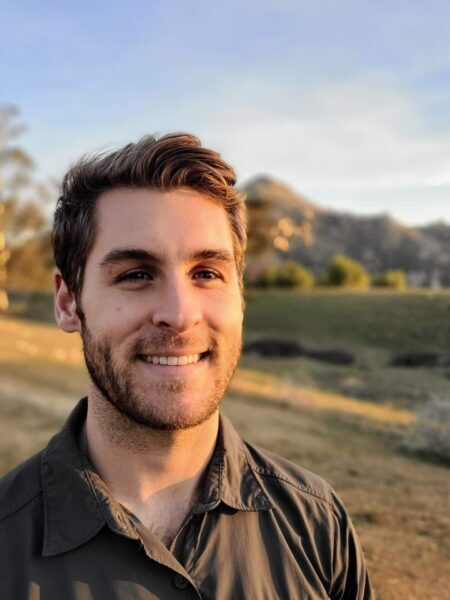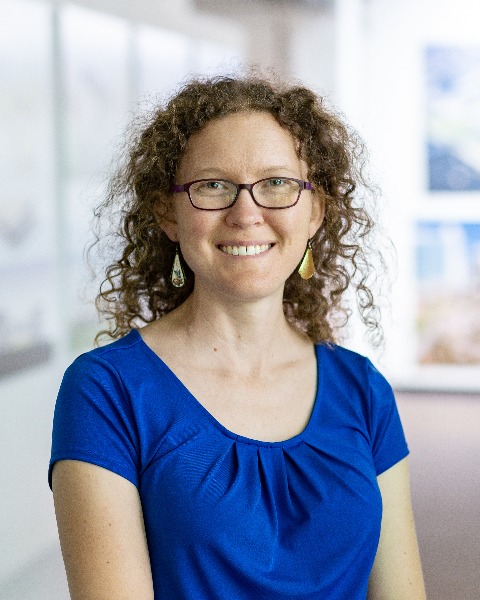
Designing Biodiverse Landscapes: How to Use a Reference Ecosystem Design Approach and Why It’s Beneficial for Biodiversity - 1.0 PDH (LA CES / HSW)
Includes a Live Web Event on 08/21/2025 at 1:00 PM (EDT)
-
Register
- Non-member - $50
- Member - Free!
- Student Member - Free!
- Associate Member - Free!
Although biodiversity has become the latest buzzword in landscape architecture, supporting biodiversity through design can still feel like a daunting task. Join us to learn about the importance of referring to local, native “proxy” habitats through design–the reference ecosystem design approach. This is the first in a three-part series on how to incorporate design for biodiversity into your everyday workflow.
Learning Objectives:
- Understand the importance of ecological networks and ecosystem structure in supporting native biodiversity, and why the whole is greater than the sum of its parts.
- Gain insight on the benefits and challenges of using reference ecosystems for site and planting design.
- Explore case studies for projects that successfully drew inspiration from locally native habitats.
Image Credit: ASLA 2024 Analysis and Planning Honor Award. Ellinikon Park: Planning for Climate Action and Carbon Positivity. Athens, Greece. Sasaki

John Hart Asher
Principal | Senior Environmental Designer
Blackland Collaborative
John Hart Asher is a Senior Environmental Designer with over 13 years of experience creating functional ecosystems in urban environments. He specializes in ecological design, green infrastructure, and translating sustainable practices into projects that deliver ecosystem services. His work spans prairie restoration, green roofs, and sustainable roadsides across Texas.
John Hart contributed to the award-winning Edgeland House green roof, featured in Dwell, Texas Architect, and AppleTV’s HOME series. He holds a master’s in landscape architecture from UT Austin and a bachelor’s in history from the University of Mississippi. A strong project manager and researcher, he has advanced green roof technology for semi-arid climates and currently hosts PBS’s Central Texas Gardener.

Chris Cosma, PhD
Ecologist
Conservation Biology Institute
Dr. Chris Cosma is a community ecologist and pollination biologist focused on data-driven insect conservation. With a background shaped by a diverse, cross-country upbringing, he earned his BS in Ecology from UC Santa Barbara and a PhD from UC Riverside, where he studied climate change effects on plant-pollinator interactions. His expertise spans pollination and climate change ecology, spatial and molecular ecology, insect identification, and environmental policy.
During his PhD, Chris created a widely used web app that helps Californians support butterfly and moth conservation through ecological network analysis. His work has received national attention, leading to the formation of an interdisciplinary group through the National Center for Ecological Analysis and Synthesis. Now based in Spokane, Washington, Chris works at CBI and continues to advocate for insect conservation while enjoying permaculture and the outdoors with his partner and dog.

Kelly Farrell, ASLA
Landscape Designer, Ecologist
Sasaki
My passion combines ecological knowledge with landscape architecture to design landscapes that present an amazing human experience while integrating water, plants, and spaces to support local ecology. After completing a MS in Zoology at Oregon State University I spent several years delineating habitats and surveying for rare species before turning towards landscape architecture, completing my MLA at Cornell University. I believe that landscape architecture has both the potential and the responsibility to respond to the dual challenges of biodiversity loss and climate change. Finding unique solutions that bring together humans and the natural world is what drives me.

